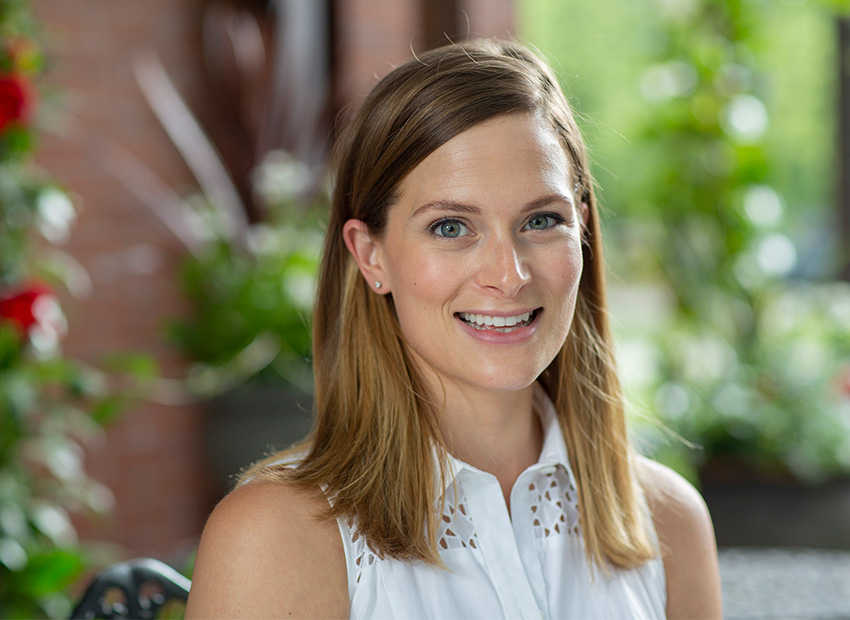How to Write a Personal Statement: Your Ultimate Reading List
When I worked at Reed, my colleagues and I had a saying that we loved to share with applicants summing up the best personal statements: “Neither analytical nor creative, the personal essay is a combination of both that reveals who the student is.”
As stated by Fitzpatrick and Constantini, the personal essay can’t be entirely creative, but it also can’t rely on the DBQ-style that earns you a five on the AP US History exam, either. Further, the writer has to set aside the immense pressure they’re putting on themselves to write the “perfect” essay, which they imagine is going to win over the hearts and minds of their application reader. There’s truly no “one” thing that admissions officers are looking for; in fact, the more expected, formal, or trite a topic is, the likelier the essay is to fail.
How to Write a Personal Statement
Let’s be honest. Writing about yourself is hard. And the particular type of narrative writing the college application calls for can be extremely difficult to master. So, I recommend that students recognize that this is simply a style of writing that very few people (let alone high school students) are ever asked to generate. So what can an applicant do to prepare? Read. That’s right, read. The more an applicant exposes herself to the narrative style of writing, the more she will recognize what works and what doesn’t. “Hearing” the voices of others’ will help her develop her own. Experiencing the power of a less-formal, first-person-forward essay may also help an applicant be more comfortable with this uniquely creative and analytical style of writing. So, this spring and summer, before you ever even open up the application prompts, begin by reading more narrative pieces of writing. Here are a few suggestions to get you started:- The New Yorker Magazine
- Joan Didion’s essays
- Tina Fey’s memoir, BossyPants
- When Breath Becomes Air, by Paul Kalinithi
- The historical travel writing of Sarah Vowell
- A Walk in the Woods by Bill Bryson
- Into Thin Air or Into the Wild by John Krakauer
- Zeitoun, by Dave Eggers
- Nickel and Dimed: On (Not) Getting By in America by Barbara Ehrenreich (Reed alumna!)






